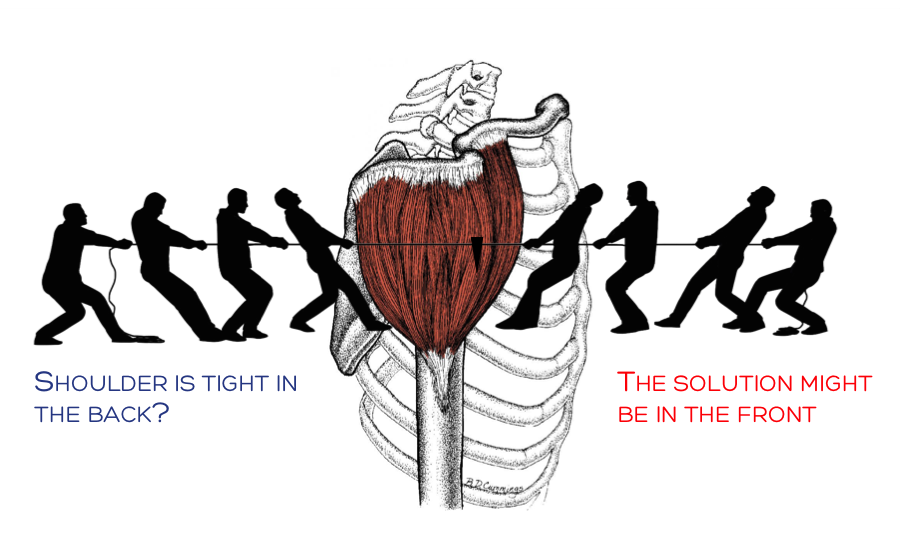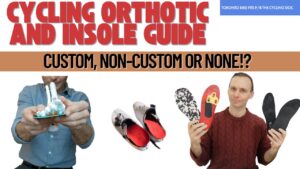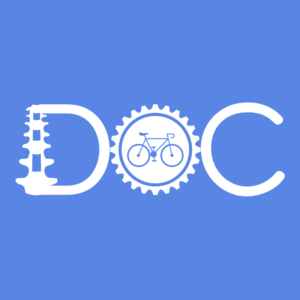If you notice that you have posterior rotator cuff / shoulder tightness that just doesn’t seem to go away with rolling or stretching, than I am here to help. Rarely a week goes by when a member or patient asks why they are getting this aforementioned issue.
My last update talked about the tug-of-war in the shoulder of gym-goers between the muscles in the front of the shoulder and the back, and why anterior shoulder pain is so common. Check it out.
As a refresher: over-training the muscles of the front (pec, latissimus dorsi, biceps brachii and anterior deltoid) → anterior muscle tightness → greater forward pull on the humeral head → loss of shoulder joint centration → repetitive anterior displacement of the head of the humerus → abutment against the anterior shoulder → pain→ angry shoulder → no #GAINS → angry person
However in some cases, this same mechanism will lead to a complaint of consistent and unrelenting posterior (the back) shoulder tightness and pain.
As with most conditions, most people assume that the problems is where the pain is, in the back of the shoulder but here it is not!
Think of it this way; you are in an all day tug of war and are badly outmatched by the other side. You do not want to lose and go for a mud-bath, so you do everything in your power to battle back despite having less strength and fewer people. Every muscle in your body tenses, your dig your feet into the ground and hold on for dear life until the other side either gets tired or lets up.
This is the battle that the posterior rotator cuff is in. The external rotators, whose job it is to oppose the frontward pull of the shoulder, have no option but to be tight to try to hold the humerus in its place. Without the requisite strength to oppose this anterior pull, the tightness is likely a compensatory mechanism.
With the constant pull of the dominant anterior muscles, this tightness may be the only thing actually helping from a worse injury to occur. And this is why either manual therapy or self-care (rolling, stretching, etc) may provide temporary relief but it seems to come back. The shoulder muscles need to tighten back up or they will not be able to oppose the anterior forces and hold the joint in place.
The solution is simply to fix the cause, and not the sight of the symptoms.
A few weeks ago I began experimenting by approaching this concern a little different. Rather than aggressively working the tight posterior shoulder capsule, I all-but left it alone.
In an attempt to stop the pull on the front of the shoulder, ART was used to work the pecs, deltoid and biceps. Additionally, some electroacupuncture was used to reduce the nervous system activity in the pectoral nerves, musculocutaneous nerve, and axillary nerve that serve these aforementioned muscles.
Only in the presence of pain generating active trigger point, which needed immediate relief in the back of the shoulder, was massage or acupuncture used.
Despite patients’s concern that I did not spend a lot of time on the area of chief complaint, many have said that, combined with their regular rehab work (See below), they have never had such relief during or between workouts.
If this is a problem that bothers you, incorporate these rehab exercises into your daily routine and get the help from a qualified manual therapist that knows to look at the cause, and not just the symptoms of the problem.
Error: Contact form not found.
Rehab considerations
Do the following one to two times daily for the best and fastest results
- Loose up the anterior shoulder muscles
- Stretch the pecs, anterior deltoid, biceps and lats rather than the back of the shoulder dynamically and statically
- Gently roll the pec major and pec minor with a tennis ball against a wall (30 seconds)
- Strengthen the back of the shoulder
- Simple resistant band work the targets the infrapsinatus, terest minor and posterior deltoid through external arm rotation and extension
- 3 sets of 10-15 repetitions for whatever you do, no-pain, with a 1 second shortening (concentric) phase and a 5 second slow eccentric phase when returning to neutral





